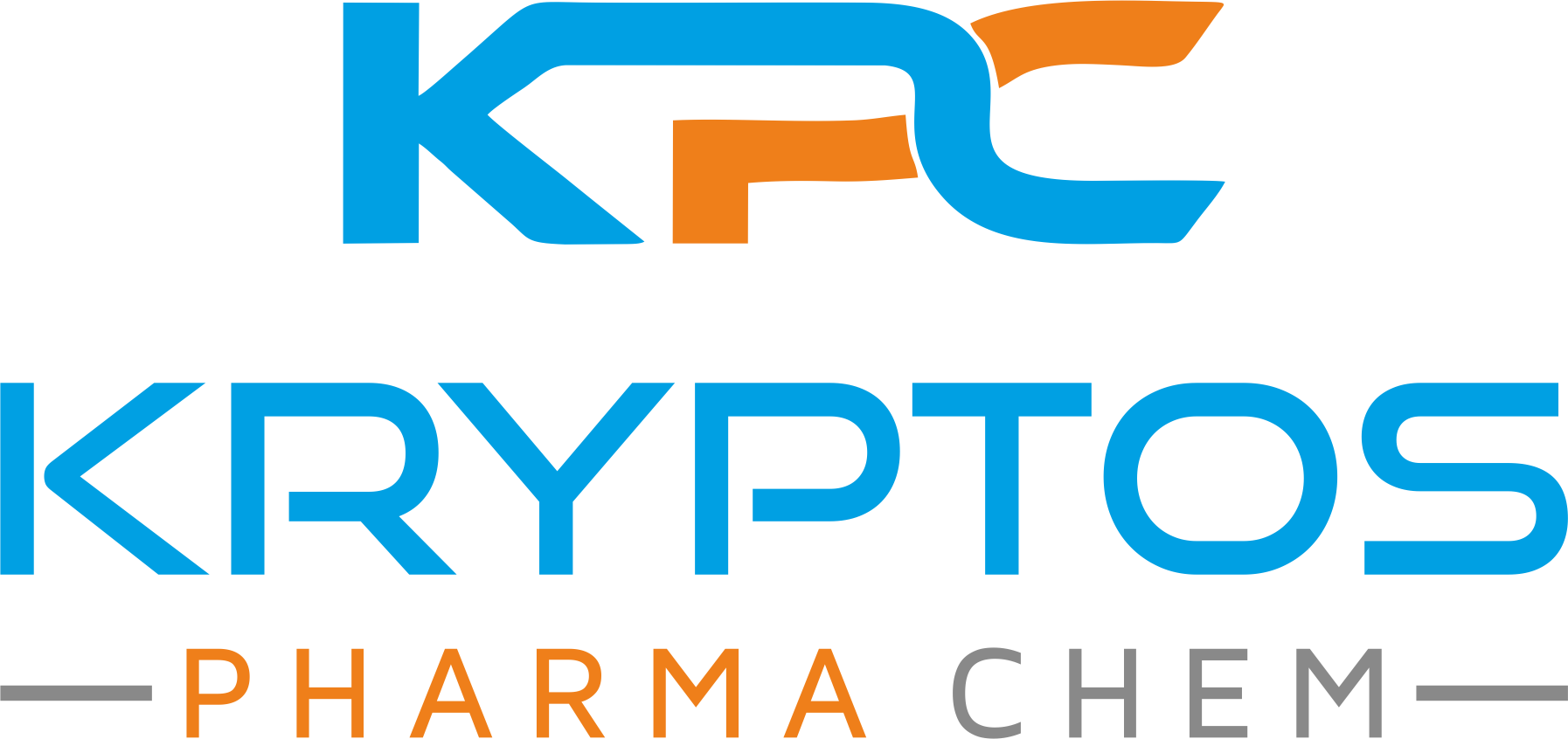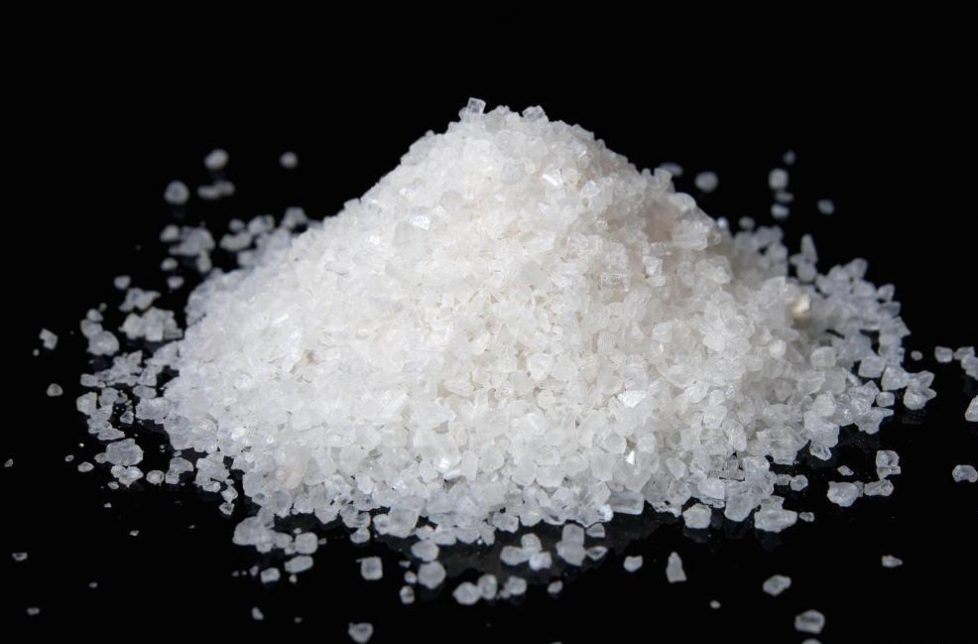
Sodium nitrate is the chemical compound with the formula NaNO ₃. This alkali metal nitrate salt is also known as Chile saltpeter to distinguish it from ordinary saltpeter, potassium nitrate. The mineral form is also known as nitratine, nitratite or soda niter.

Sodium acetate, NaCH₃COO, also abbreviated NaOAc, is the sodium salt of acetic acid. This colorless deliquescent salt has a wide range of uses.

Sodium acetate, NaCH₃COO, also abbreviated NaOAc, is the sodium salt of acetic acid. This colorless deliquescent salt has a wide range of uses.

Sodium sulfate is the inorganic compound with formula Na₂SO₄ as well as several related hydrates. All forms are white solids that are highly soluble in water. With an annual production of 6 million tonnes, the decahydrate is a major commodity chemical product.
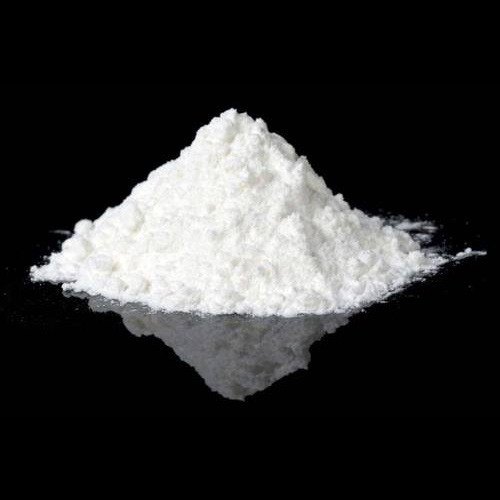
Sodium sulfate is the inorganic compound with formula Na₂SO₄ as well as several related hydrates. All forms are white solids that are highly soluble in water. With an annual production of 6 million tonnes, the decahydrate is a major commodity chemical product.
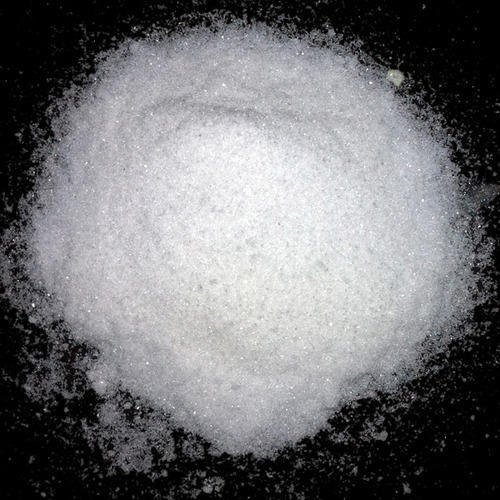
Ammonium sulfate; (NH₄)₂SO₄, is an inorganic salt with a number of commercial uses. The most common use is as a soil fertilizer. It contains 21% nitrogen and 24% sulfur.

Copper(II) sulfate, also known as copper sulphate, are the inorganic compounds with the chemical formula CuSO₄ₓ, where x can range from 0 to 5. The pentahydrate is the most common form. Older names for this compound include blue vitriol, bluestone, vitriol of copper, and Roman vitriol.
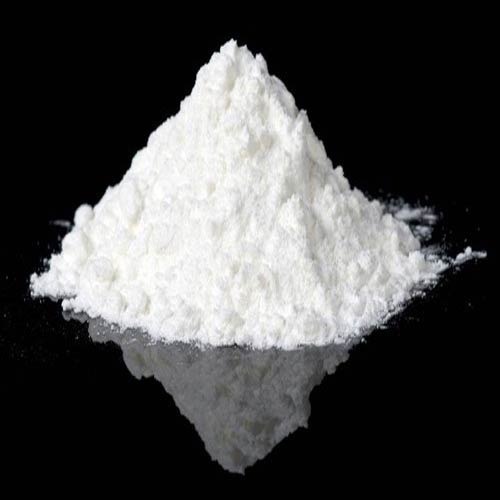
Sodium fluoride is an inorganic compound with the formula NaF. It is used in trace amounts in the fluoridation of drinking water, toothpaste, in metallurgy, as a flux, and is also used in pesticides and rat poison. It is a colorless or white solid that is readily soluble in water.
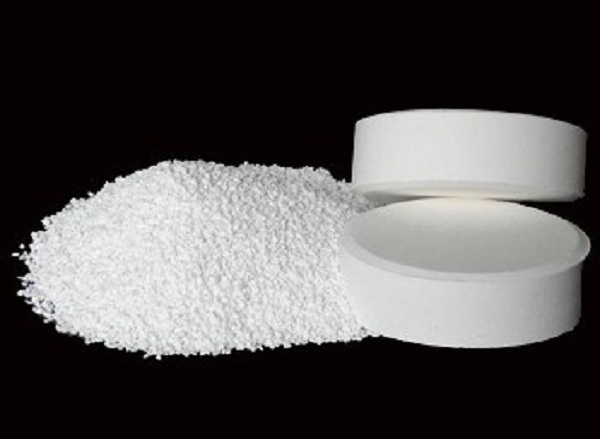
Fluoroboric acid or tetrafluoroboric acid is an inorganic compound with the chemical formula [H⁺][BF₄⁻], where H⁺ represents the solvated proton. The solvent can be any suitably Lewis basic entity.
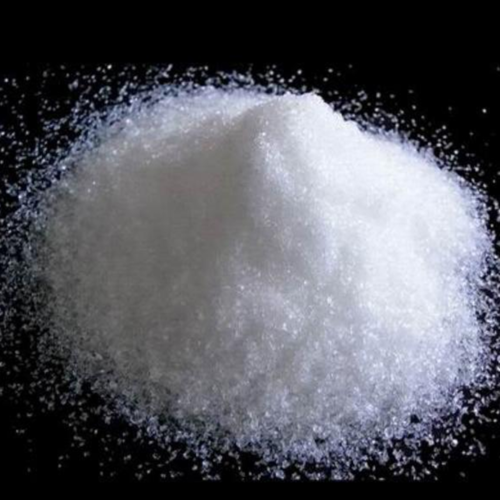
Ammonium fluoride is the inorganic compound with the formula NH₄F. It crystallizes as small colourless prisms, having a sharp saline taste, and is highly soluble in water.
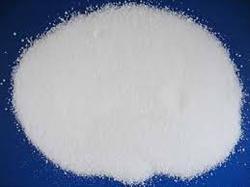
Potassium fluoride is the chemical compound with the formula KF. After hydrogen fluoride, KF is the primary source of the fluoride ion for applications in manufacturing and in chemistry. It is an alkali halide and occurs naturally as the rare mineral carobbiite.

Potassium bifluoride is the inorganic compound with the formula KHF₂. This colourless salt consists of the potassium cation and the bifluoride anion. The salt is used in etchant for glass. Sodium bifluoride is related and is also of commercial use as an etchant as well as in cleaning products.

Potassium tetraborate (PTB) is a product resulting from the controlled reaction of potassium hydroxide, water and boric acid (BA). It is used in many areas of industry such as disinfectant, detergent and treatment of contact lenses.
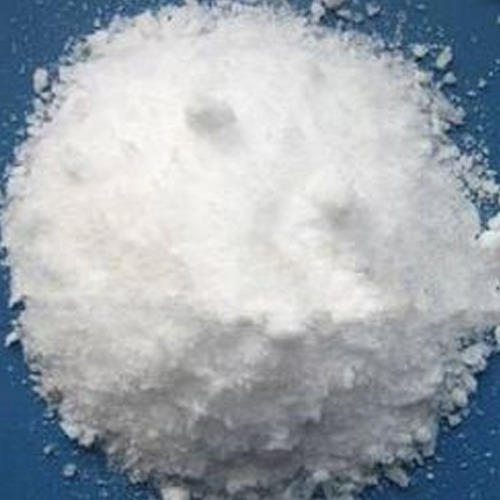
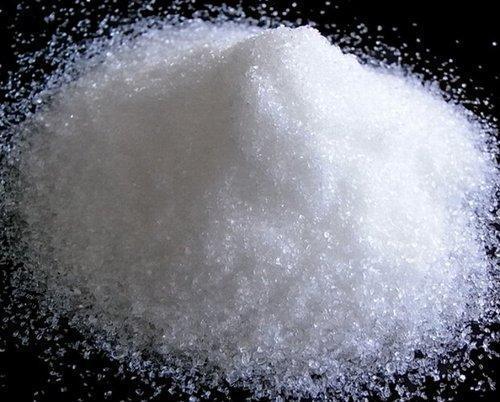
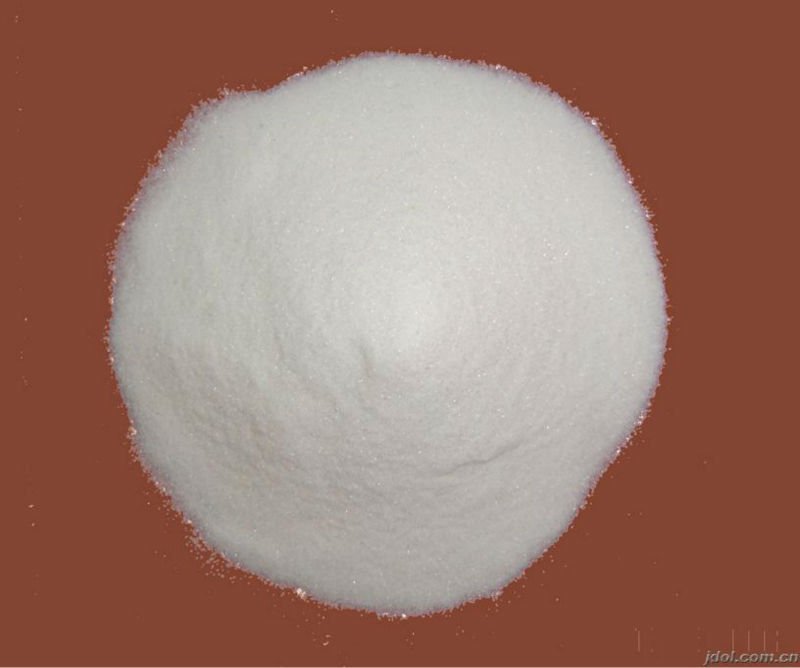
Lead(II) fluoride is the inorganic compound with the formula PbF₂. It is a white solid. It exists as both an orthorhombic and cubic forms..

Magnesium fluoride is an inorganic compound with the formula MgF₂. The compound is a white crystalline salt and is transparent over a wide range of wavelengths, with commercial uses in optics that are also used in space telescopes. It occurs naturally as the rare mineral sellaite.
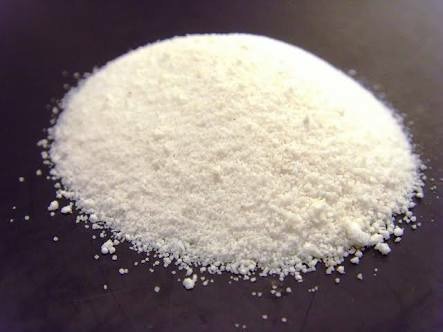
Hydrofluoric acid is a solution of hydrogen fluoride in water. Solutions of HF are colourless, acidic and highly corrosive. It is used to make most fluorine-containing compounds; examples include the commonly used pharmaceutical antidepressant medication fluoxetine and the material PTFE.

Hexafluorosilicic acid is an inorganic compound with the chemical formula H ₂SiF ₆ also written as ₂[SiF ₆]. It is a colorless liquid mostly encountered as diluted aqueous solution, from there, the second chemical notation also proposed. Hexafluorosilicic acid has a distinctive sour taste and pungent smell.

Magnesium sulfate is a chemical compound, a salt with the formula MgSO ₄, consisting of magnesium cations Mg²⁺ and sulfate anions SO²⁻ ₄. It is a white crystalline solid, soluble in water but not in ethanol.
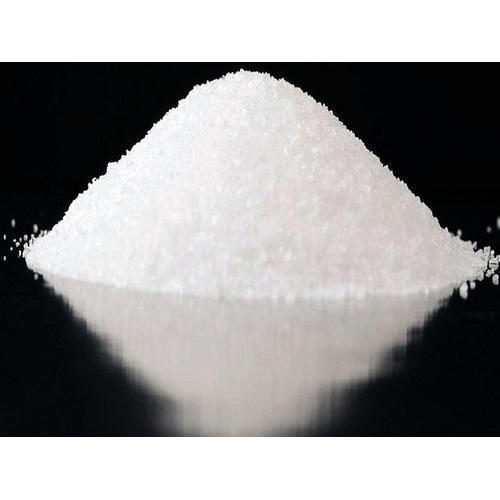
Sodium fluorosilicate is a compound with the chemical formula Na₂[SiF₆].

Sodium acetate, NaCH₃COO, also abbreviated NaOAc, is the sodium salt of acetic acid. This colorless deliquescent salt has a wide range of uses.

Silver nitrate is an inorganic compound with chemical formula AgNO ₃. This salt is a versatile precursor to many other silver compounds, such as those used in photography. It is far less sensitive to light than the halides.
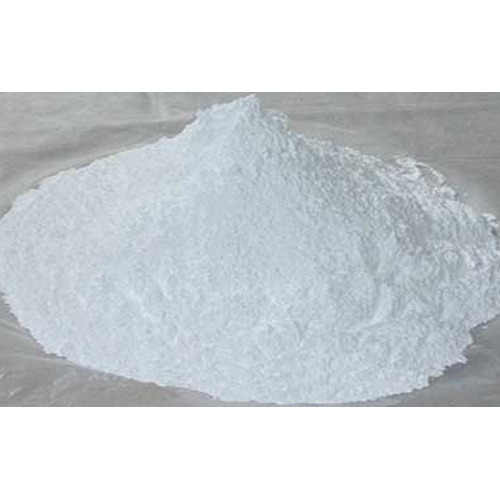
Zinc sulfate is an inorganic compound and dietary supplement. As a supplement it is used to treat zinc deficiency and to prevent the condition in those at high risk. Side effects of excess supplementation may include abdominal pain, vomiting, headache, and tiredness.
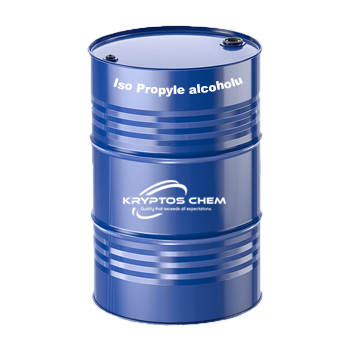
Isopropyl alcohol is a colorless, flammable chemical compound with a strong odor. As an isopropyl group linked to a hydroxyl group, it is the simplest example of a secondary alcohol, where the alcohol carbon atom is attached to two other carbon atoms. It is a structural isomer of 1-propanol and ethyl methyl ether.
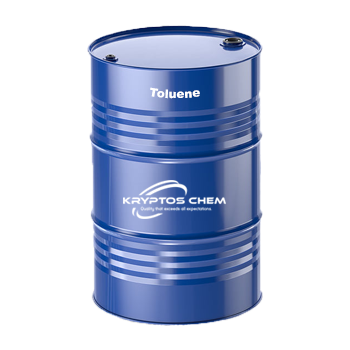
Toluene, also known as toluol, is an aromatic hydrocarbon. It is a colorless, water-insoluble liquid with the smell associated with paint thinners. It is a mono-substituted benzene derivative, consisting of a methyl group attached to a phenyl group. As such, its IUPAC systematic name is methylbenzene.

Ethyl acetate is the organic compound with the formula CH 3−COO−CH 2−CH 3, simplified to C 4H 8O 2. This colorless liquid has a characteristic sweet smell and is used in glues, nail polish removers, and in the decaffeination process of tea and coffee.
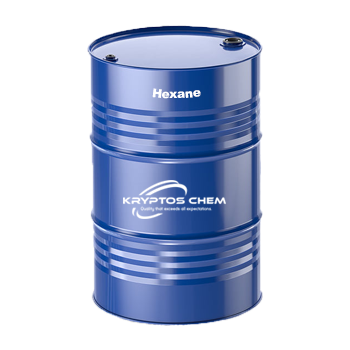
Hexane is a straight-chain alkane with six carbon atoms and has the molecular formula C₆H₁₄. Hexane is a significant constituent of gasoline

They are usually organic liquids. Many solvents are also used as chemical intermediates, fuels, and as components of a wide range of products. Industrial solvents are often mixtures of several individual substances and can be found under a variety of trade names.
.png)
Tetrahydrofuran, or oxolane, is an organic compound with the formula (CH₂)₄O. The compound is classified as heterocyclic compound, specifically a cyclic ether. It is a colorless, water-miscible organic liquid with low viscosity. It is mainly used as a precursor to polymers.
.png)
Isopropyl alcohol (IUPAC name propan-2-ol; commonly called isopropanol or 2-propanol) is a colorless, flammable chemical compound (chemical formula CH3CHOHCH3) with a strong odor.[8] As an isopropyl group linked to a hydroxyl group, it is the simplest example of a secondary alcohol, where the alcohol carbon atom is attached to two other carbon atoms. It is a structural isomer of 1-propanol and ethyl methyl ether.
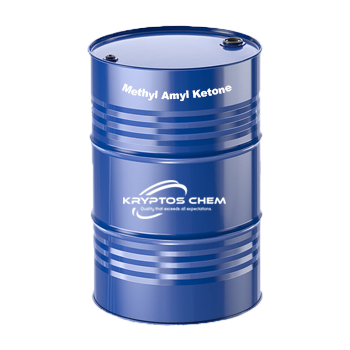
2-Heptanone, also known as methyl n-amyl ketone, or Heptan-2-one, is a ketone with the molecular formula C₇H₁₄O. It is a colorless, water-like liquid with a banana-like, fruity odor. 2-Heptanone has a neutral formal charge, and is only slightly soluble in water.
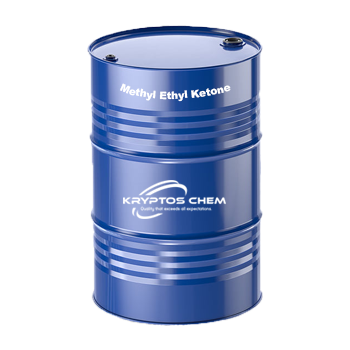
Butanone, also known as methyl ethyl ketone, is an organic compound with the formula CH₃CCH₂CH₃. This colourless liquid ketone has a sharp, sweet odor reminiscent of acetone. It is produced industrially on a large scale, but occurs in nature only in trace amounts.

Methyl isobutyl ketone is the organic compound with the formula (CH₃)₂CHCH₂CCH₃. This colourless liquid, a ketone, is used as a solvent for gums, resins, paints, varnishes, lacquers, and nitrocellulose.
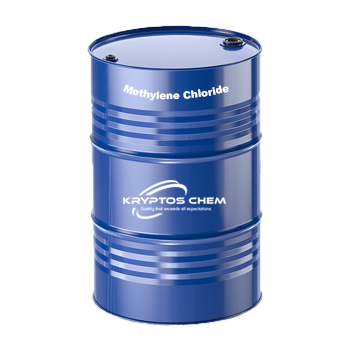
Methylene chloride, also known as dichloromethane and methylene dichloride, is a clear, colorless liquid with a slightly sweet scent that is primarily used as an industrial solvent and also as a potent paint stripper and paint thinner.
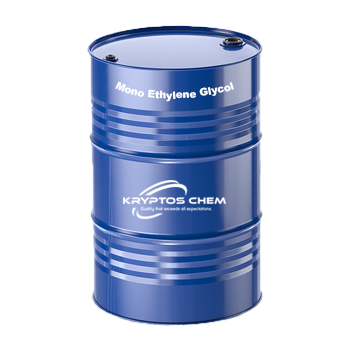
Ethylene glycol is an organic compound with the formula (CH₂OH)₂. It is mainly used for two purposes, as a raw material in the manufacture of polyester fibers and for antifreeze formulations. It is an odorless, colorless, sweet-tasting, viscous liquid.
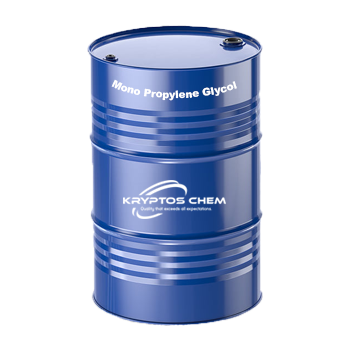
Propylene glycol, according to the US National Library of Medicine and the Agency for Toxic Substances and Disease Registry, is a synthetic liquid substance that absorbs water. It is labeled an organic compound in chemistry due to its carbon attributes. Its chemical formula is CH₃CHCH₂OH.

Butanol or n-butyl alcohol or normal butanol is a primary alcohol with a 4-carbon structure and the chemical formula C₄H₉OH. The other isomers of butanol are isobutanol, 2-butanol, and tert-butanol.

n-Butyl acetate, also known as butyl ethanoate, is an ester that is a colorless, flammable liquid at room temperature. It is found in many types of fruit, where along with other chemicals, it imparts characteristic flavors and has a sweet smell of banana or apple.
.png)
N-Methyl-2-pyrrolidone (NMP) is an organic compound consisting of a 5-membered lactam. It is a colorless liquid, although impure samples can appear yellow. It is miscible with water and with most common organic solvents.
.png)
N-Methyl-2-pyrrolidone is an organic compound consisting of a 5-membered lactam. It is a colorless liquid, although impure samples can appear yellow. It is miscible with water and with most common organic solvents

Propanol is a primary alcohol with the formula CH 3CH 2CH 2OH. This colorless liquid is also known as propan-1-ol, 1-propyl alcohol, n-propyl alcohol, and n-propanol. It is an isomer of 2-propanol.

Propyl acetate, also known as propyl ethanoate, is a chemical compound used as a solvent and an example of an ester. This clear, colorless liquid is known by its characteristic odor of pears. Due to this fact, it is commonly used in fragrances and as a flavor additive.
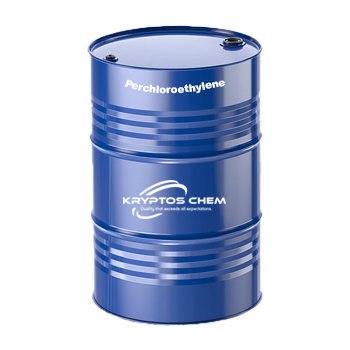
Tetrachloroethylene, also known under the systematic name tetrachloroethene, or perchloroethylene, and many other names, is a chlorocarbon with the formula Cl₂C=CCl₂. It is a colorless liquid widely used for dry cleaning of fabrics, hence it is sometimes called "dry-cleaning fluid".
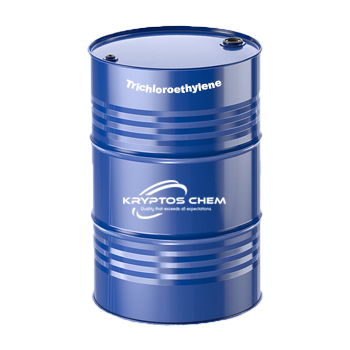
The chemical compound trichloroethylene is a halocarbon commonly used as an industrial solvent. It is a clear, colourless non-flammable liquid with a chloroform-like sweet smell. It should not be confused with the similar 1,1,1-trichloroethane, which is commonly known as chlorothene. The IUPAC name is trichloroethene
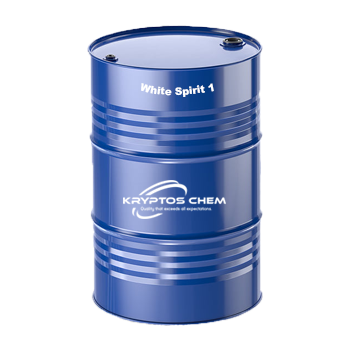
White spirit (UK)[note 1] or mineral spirits (US, Canada), also known as mineral turpentine (AU/NZ), turpentine substitute, and petroleum spirits, is a petroleum-derived clear liquid used as a common organic solvent in painting.[1] There are also terms for specific kinds of mineral spirits, including Stoddard solvent and solvent naphtha (petroleum). Mineral spirits are often used as a paint thinner, or as a component thereof, though paint thinner is a broader category of solvent.

Xylene, xylol or dimethylbenzene is any one of three isomers of dimethylbenzene, or a combination thereof. With the formula (CH₃)₂C₆H₄, each of the three compounds has a central benzene ring with two methyl groups attached at substituents.
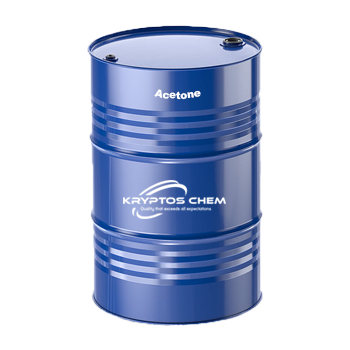
Acetone, or propanone, is an organic compound with the formula (CH₃)₂CO. It is the simplest and smallest ketone. It is a colourless, highly volatile and flammable liquid with a characteristic pungent odour.

Benzyl alcohol is an aromatic alcohol with the formula C₆H₅CH₂OH. The benzyl group is often abbreviated "Bn", thus benzyl alcohol is denoted as BnOH. Benzyl alcohol is a colorless liquid with a mild pleasant aromatic odor. It is a useful solvent due to its polarity, low toxicity, and low vapor pressure.
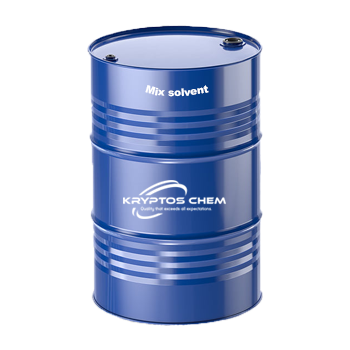
Mix Solvent used for cleaning purposes, shining purposes in paint and in lacquers to reduce the viscosity and consistency of the material and facilitate the application of a uniform coating.
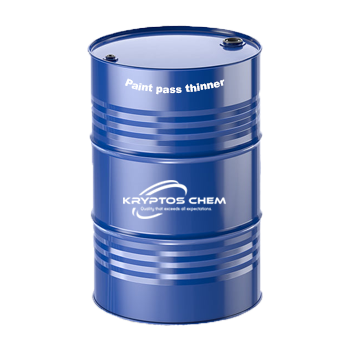
A paint thinner is a solvent used to thin oil-based paints or clean up after their use. Commercially, solvents labeled "Paint Thinner" are usually mineral spirits having a flash point at about 40 °C (104 °F),[not verified in body] the same as some popular brands of charcoal starter.[

A paint thinner is a solvent used to thin oil-based paints or clean up after their use. Commercially, solvents labeled "Paint Thinner" are usually mineral spirits having a flash point at about 40 °C (104 °F),[not verified in body] the same as some popular brands of charcoal starter.
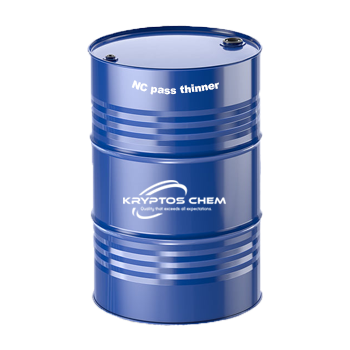
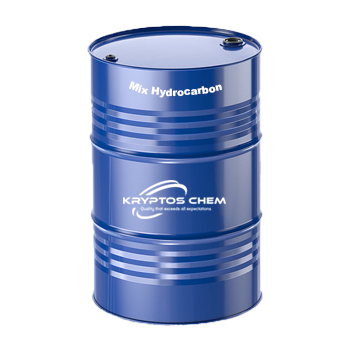
Hydrocarbon mixtures are composed of petroleum ethers and other hydrocarbons. Petroleum ether should not be confused with the class of organic compounds called ethers; and equally, going under its alternative name of benzine, it should not be confused with benzene. (Benzine is a mixture of alkanes, such as pentane, hexane, and heptane; whereas benzene is a cyclic, aromatic hydrocarbon.)
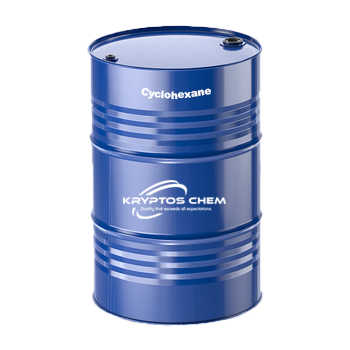
Cyclohexane is a cycloalkane with the molecular formula C₆H₁₂. Cyclohexane is non-polar. Cyclohexane is a colourless, flammable liquid with a distinctive detergent-like odor, reminiscent of cleaning products.

Ethanol is an organic chemical compound. It is a simple alcohol with the chemical formula C2H6O. Its formula can be also written as CH3−CH2−OH or C2H 5OH (an ethyl group linked to a hydroxyl group), and is often abbreviated as EtOH. Ethanol is a volatile, flammable, colorless liquid with a slight characteristic odor. It is a psychoactive substance, recreational drug, and the active ingredient in alcoholic drinks.
.png)
.png)
Cyclohexane is a cycloalkane with the molecular formula C₆H₁₂. Cyclohexane is non-polar. Cyclohexane is a colourless, flammable liquid with a distinctive detergent-like odor, reminiscent of cleaning products.
.png)
Dimethylformamide is an organic compound with the formula (CH₃)₂NCH. Commonly abbreviated as DMF, this colourless liquid is miscible with water and the majority of organic liquids. DMF is a common solvent for chemical reactions.
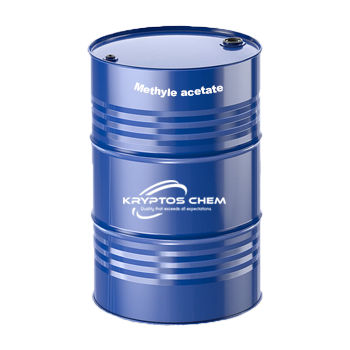
Methyl acetate, also known as MeOAc, acetic acid methyl ester or methyl ethanoate, is a carboxylate ester with the formula CH₃COOCH₃. It is a flammable liquid with a characteristically pleasant smell reminiscent of some glues and nail polish removers.
© Copyright 2020-22 Design and Devloped by M iT Solutions.
